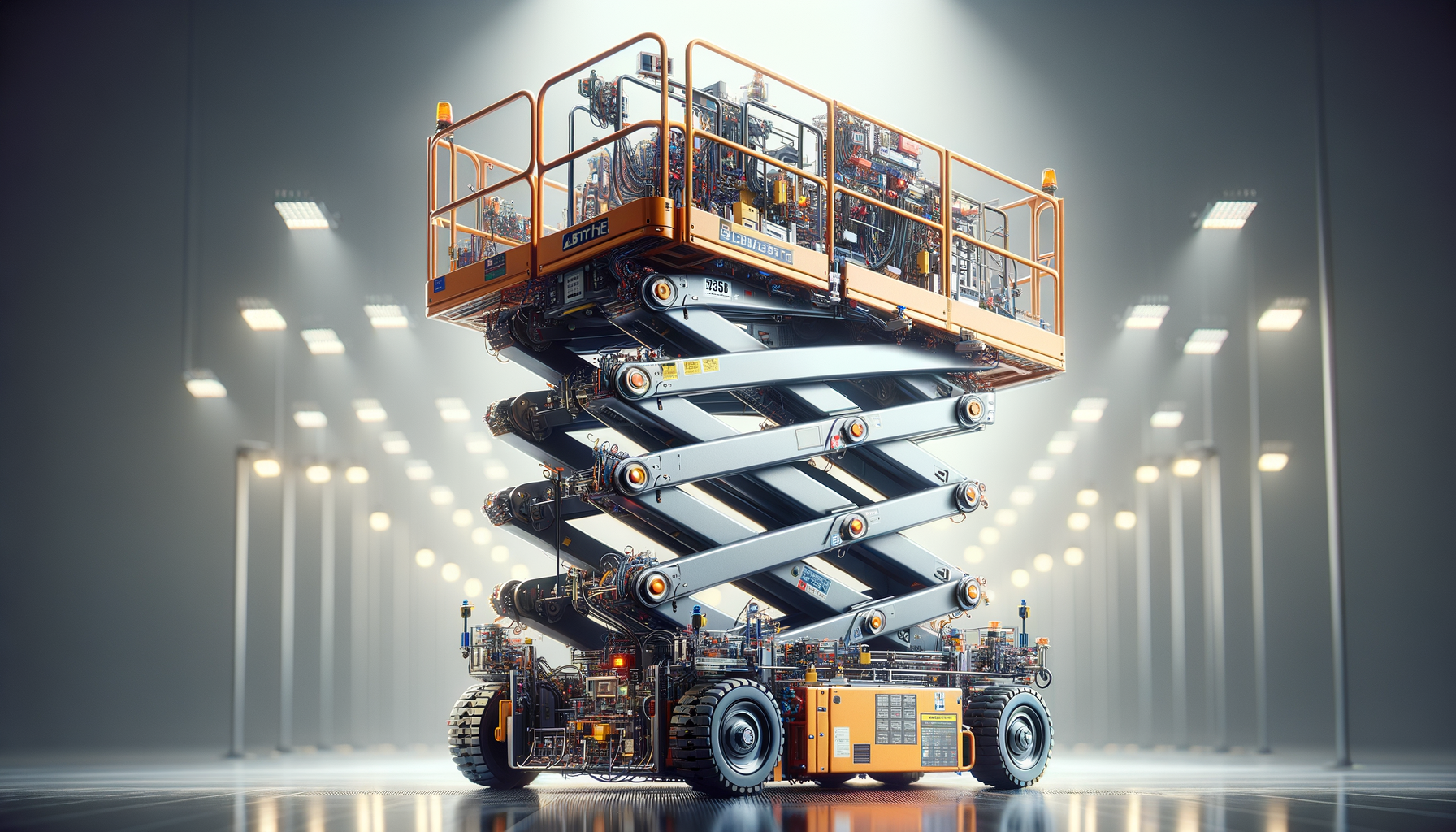
What To Know About Scissor Lifts
Introduction to Scissor Lifts
Scissor lifts are an essential tool in various industries, providing a safe and efficient way to access elevated areas. Whether in construction, maintenance, or warehousing, these lifts offer a practical solution for reaching heights that would otherwise be challenging. Their unique design, resembling a pair of scissors, allows for vertical movement, making them ideal for tasks that require stability and precision.
The importance of scissor lifts cannot be overstated. They enhance productivity by enabling workers to perform tasks at height safely and efficiently. This is particularly crucial in environments where time and safety are of the essence. As industries continue to evolve, the demand for reliable and versatile lifting equipment like scissor lifts is only expected to grow.
How Scissor Lifts Work
The operation of scissor lifts is based on a simple yet effective mechanism. The lift’s platform is raised and lowered by a series of crisscrossing supports that work like a pair of scissors. This design allows the platform to move vertically in a straight line, providing a stable and secure working area.
Scissor lifts are powered by various energy sources, including electricity, diesel, and hydraulics. Electric scissor lifts are often preferred for indoor use due to their quiet operation and lack of emissions. In contrast, diesel-powered models are more suited for outdoor applications where power and ruggedness are necessary.
Understanding the mechanics of scissor lifts is crucial for selecting the right model for specific tasks. Key considerations include the lift’s height capacity, platform size, and load capacity. By evaluating these factors, businesses can ensure they choose a lift that meets their operational needs while maintaining safety standards.
Types of Scissor Lifts
Scissor lifts come in various types, each designed to meet specific needs. The most common types include electric scissor lifts, diesel scissor lifts, and rough terrain scissor lifts. Each type has its unique features and advantages, making them suitable for different environments and tasks.
Electric scissor lifts are known for their quiet operation and are ideal for indoor use. They are often used in warehouses and manufacturing plants where noise levels must be kept to a minimum. Diesel scissor lifts, on the other hand, are more robust and are used in outdoor settings where power and durability are crucial.
Rough terrain scissor lifts are designed for challenging outdoor environments. They feature enhanced traction and stability, making them suitable for uneven surfaces. By understanding the different types of scissor lifts available, businesses can make informed decisions that enhance efficiency and safety on the job site.
Safety Considerations for Scissor Lifts
Safety is a paramount concern when operating scissor lifts. Proper training and adherence to safety protocols are essential to prevent accidents and injuries. Operators must be familiar with the lift’s controls and safety features, including emergency stop buttons and guardrails.
Before using a scissor lift, it’s crucial to conduct a thorough inspection. This includes checking for any mechanical issues, ensuring that safety devices are operational, and confirming that the lift is on stable ground. Additionally, operators should be aware of their surroundings, including overhead obstacles and weather conditions that could impact the lift’s stability.
By prioritizing safety and conducting regular maintenance, businesses can minimize risks and ensure that scissor lifts are used effectively and responsibly. This not only protects workers but also enhances the overall efficiency of operations.
Choosing the Right Scissor Lift
Selecting the appropriate scissor lift for a particular task involves several considerations. The height and weight capacity of the lift are critical factors, as they determine the range and load it can handle. Additionally, the environment in which the lift will be used plays a significant role in the selection process.
For indoor applications, electric scissor lifts are often the preferred choice due to their quiet operation and lack of emissions. In contrast, outdoor projects may require diesel or rough terrain models that offer greater power and stability.
Businesses should also consider the lift’s platform size, as this affects the number of workers and tools that can be accommodated. By evaluating these factors and consulting with experts, companies can choose a scissor lift that meets their specific needs and enhances productivity.


